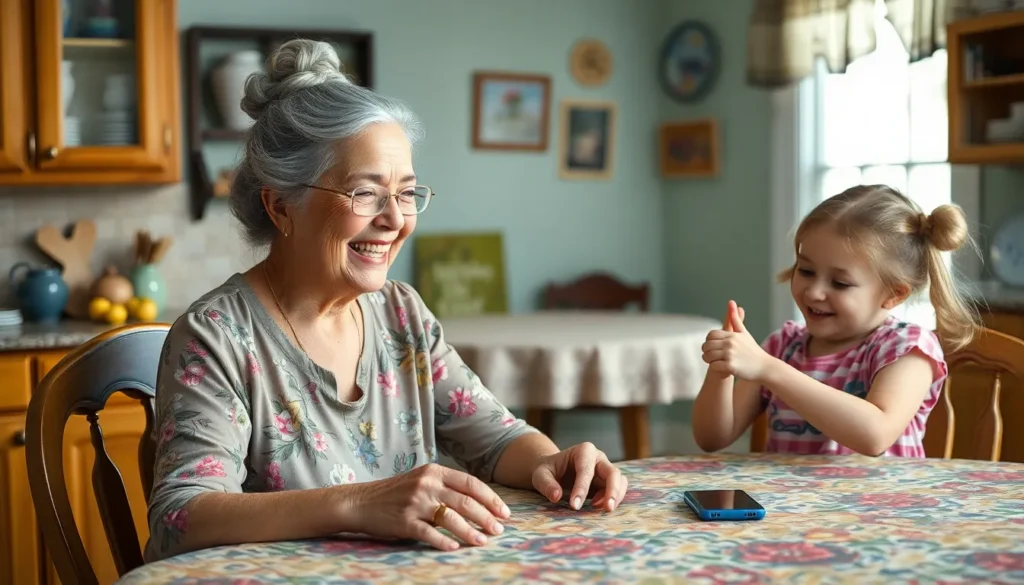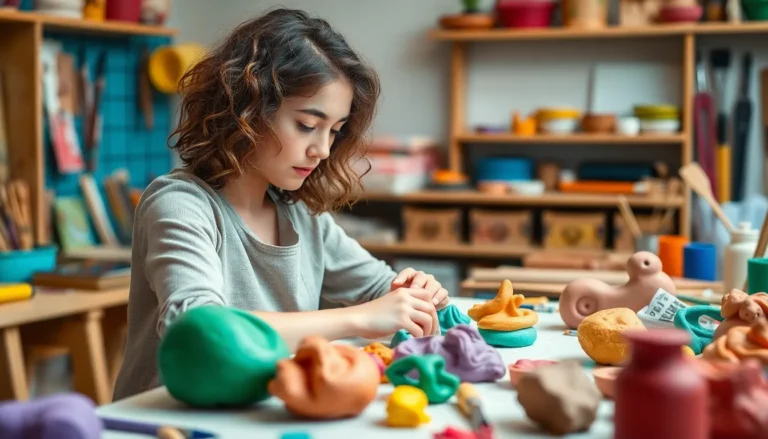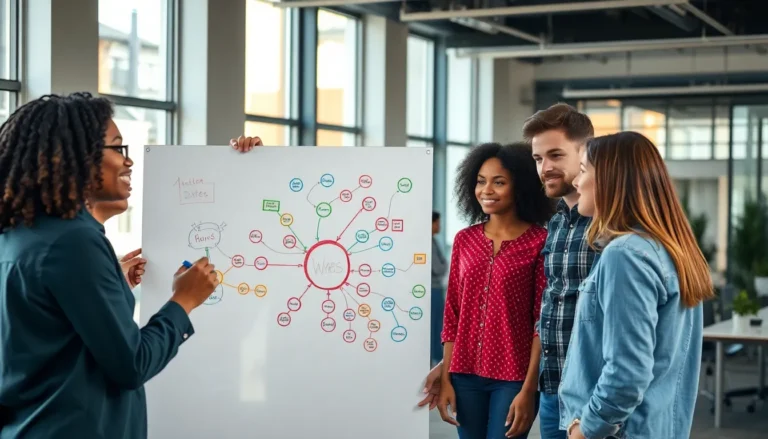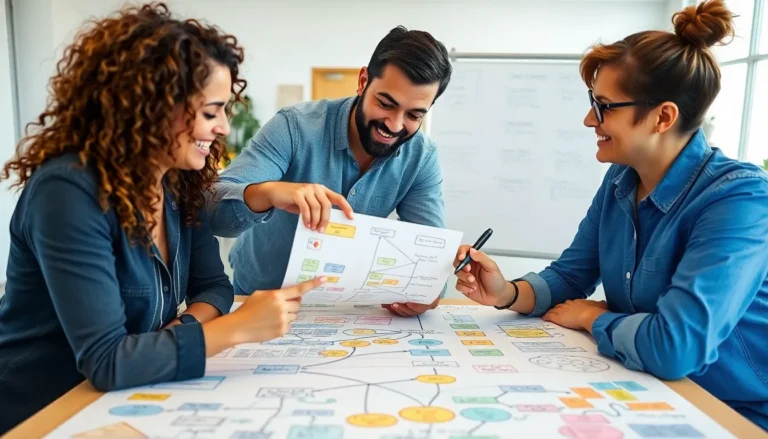Table of Contents
ToggleIn a world where smartphones are practically an extension of our hands, it’s hard not to chuckle at the clash between traditional and modern beliefs. Imagine your grandmother shaking her head at your TikTok dances while you’re busy trying to convince her that avocado toast is the breakfast of champions. This tug-of-war between the old and the new isn’t just a family dinner debate; it’s a fascinating exploration of how values evolve over time.
Overview of Traditional Beliefs
Traditional beliefs form the foundation of cultural identity for many communities. They encompass long-standing values, practices, and customs passed down through generations.
Definition and Characteristics
Traditional beliefs refer to ethical systems, religious practices, and cultural norms rooted in history. Common characteristics include a deep respect for elders, reliance on family structures, and preservation of rituals. These beliefs often emphasize community cohesion and moral values. They prioritize the collective over the individual, ensuring that customs reflect shared experiences. Different cultures may demonstrate varied expressions of these beliefs, yet a common thread remains: the influence of the past shapes current behavior.
Historical Context
The historical context of traditional beliefs reveals their evolution over centuries. In ancient societies, traditional beliefs provided explanations for natural phenomena and reinforced social order. Many cultures utilized oral traditions to convey their beliefs, ensuring continuity despite changing circumstances. Economic shifts and globalization have challenged these beliefs, often leading to conflicts between tradition and modernity. The resilience of traditional systems demonstrates their significance, even amid societal transformations. Traditional beliefs continue to influence lifestyles, family dynamics, and community interactions, reminding many of their roots.
The Rise of Modern Beliefs
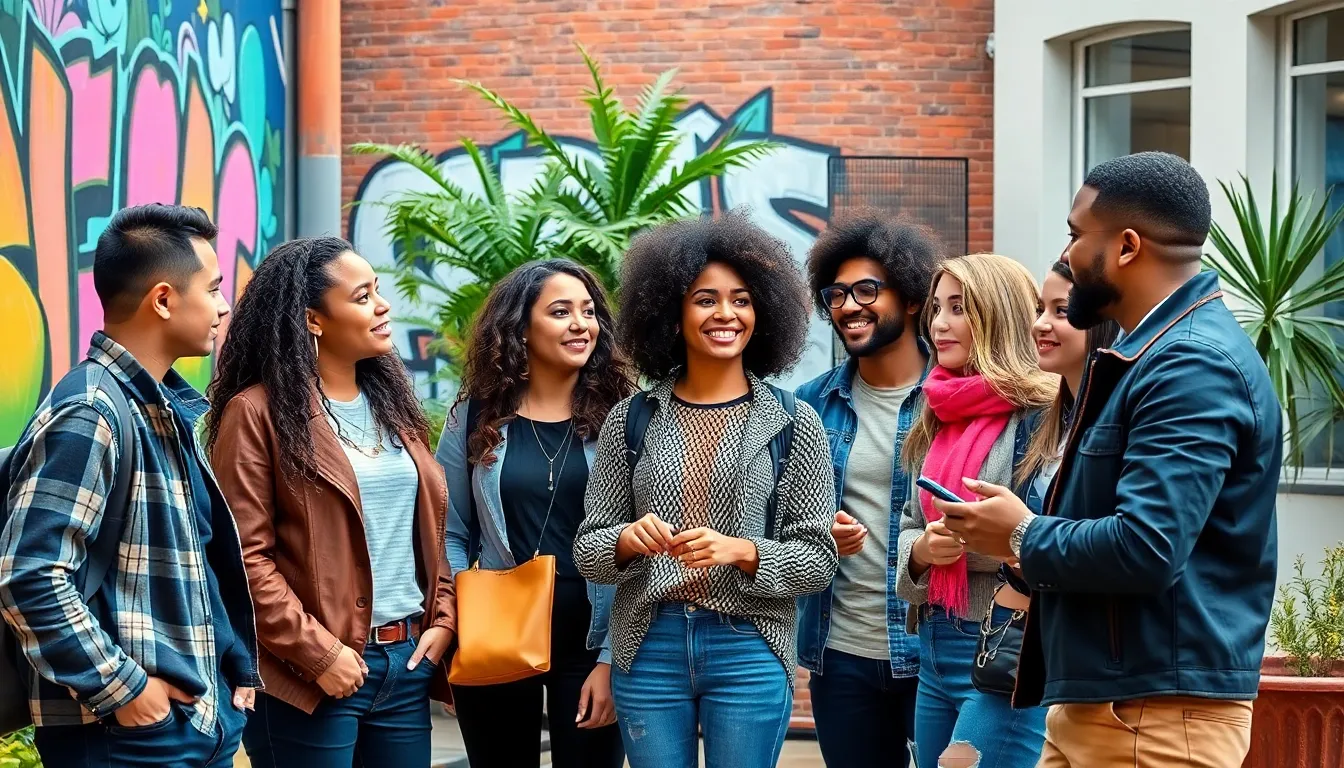
Modern beliefs represent a shift in values and attitudes, embracing change and diversity. These beliefs often prioritize individuality and innovation.
Definition and Characteristics
Modern beliefs encompass progressive values, emphasizing equality, personal freedom, and inclusivity. Social justice movements, environmental sustainability, and technology integration reflect key characteristics. Individuals often seek self-expression, leading to a culture that appreciates diverse identities and lifestyles. Such beliefs frequently challenge traditional norms, encouraging questioning of established practices. Many find empowerment in modern belief systems, which often advocate for a global perspective and interconnectedness.
Influencing Factors
Several factors contribute to the rise of modern beliefs. Globalization facilitates exposure to new ideas and cultures, promoting a blend of perspectives. Technological advancements allow for rapid information exchange, influencing public opinion and fostering modern ideologies. Social media plays a significant role, amplifying voices and mobilizing communities. Educational shifts also impact beliefs, with critical thinking and diverse curriculums leading younger generations to embrace change. Economic changes and demographic shifts further challenge traditional views, driving a collective move toward more contemporary values.
Comparing Traditional and Modern Beliefs
Traditional and modern beliefs provide distinct worldviews that influence behavior and social dynamics. Understanding their differences and conflicts reveals the nuances of this ongoing evolution.
Key Differences
Traditional beliefs emphasize cultural identity, historical context, and communal values. Ethical systems often originate from religious practices, highlighting respect for elders and family structures. Modern beliefs, on the other hand, focus on individualism and progressive values. They embrace innovation, equality, and inclusivity. Social justice movements exemplify this shift, promoting diversity and challenging outdated norms. The incorporation of technology also marks a significant divergence, with modern beliefs leveraging social media to disseminate new ideas rapidly.
Areas of Conflict
Conflicts arise when traditional beliefs confront modern values. Generational gaps illustrate this tension, particularly in attitudes towards technology and communication. Older generations may resist change, adhering to established customs. Younger individuals often push for transformation, advocating for flexibility and adaptation. Issues like gender roles create friction; traditional views can clash with modern perspectives on equality and rights. These conflicts extend into everyday life, influencing family hierarchy and social structures. Cultural rituals face scrutiny as modern beliefs prompt reevaluation of their relevance.
The Importance of Understanding Both
Understanding both traditional and modern beliefs offers insights into cultural dynamics and personal interactions. Each belief system shapes perceptions and influences lifestyles.
Cultural Implications
Cultural identity derives strength from traditional beliefs, guiding communal interactions and maintaining historical continuity. These customs preserve values and rituals, fostering a sense of belonging. Modern beliefs, however, cultivate adaptability and inclusivity, encouraging diverse perspectives. Societies that blend both systems can navigate challenges more effectively. Conflicts often arise in areas like gender roles and community engagement. Examining these cultural implications helps individuals appreciate the balance between preserving heritage and embracing innovation.
Personal Perspectives
Individuals’ views are shaped by their backgrounds and experiences. Traditional beliefs instill a sense of duty and respect for family, often dictating social norms. Modern beliefs empower self-expression and critical thinking, promoting personal freedom. Balancing these influences enriches personal growth and enables better communication across generations. When people appreciate both perspectives, empathy grows, easing tensions that emerge from conflicting ideas. This understanding fosters collaboration, enhancing relationships within families and communities.
The interplay between traditional and modern beliefs highlights the richness of cultural evolution. As older generations cling to established norms, younger individuals champion new ideas and practices. This dynamic creates a vibrant dialogue that shapes identities and influences lifestyles.
Understanding both belief systems fosters empathy and bridges generational divides. By embracing the strengths of each perspective, individuals can navigate the complexities of modern life while honoring their roots. This balance not only enriches personal growth but also strengthens community ties, paving the way for a more inclusive and adaptable future.

